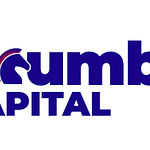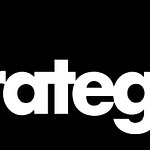I have recently gone long of two defence stocks. Despite growing backlogs, both still trade below all time highs. Does that mean these stocks are bargains, or does it mean something else? Generally speaking, stocks tend to follow order backlogs - as it gives you confidence that the sales will be there. If we take a topical example - I look at Boeing and think, “wow a company that makes planes that crash - this must be cheap”. I would be wrong. Boeing market capitalisation is still a large multiple of invested capital. If ever a stock was designed to drum up support for anti-capitalism and anti-American fervour this is it. I am disappointed and slightly disturbed when my plane is a Boeing these days.
Why has Boeing stock not crashed and burned, unlike its main product? The truth is that somehow it has still managed to get orders for its product (a duopoly is useful that way). Its order book has returned to new all time highs.
I am interested in defence stocks, which also trade off their order books. Unlike Boeing, they intentional kill people, but at least their is some moral clarity there. One Japanese stock that I looked at this year is Mitsubishi Heavy. It is not a pure play, but does a number of things - from nuclear power plants, to aviation to missile and space systems. It has one of the more extraordinary share price charts - booming in the 1980s, and then sideways for 30 year before suddenly booming again.
Bloomberg gives a 20 year order backlog for Mitsubishi Heavy. It has been a very cyclical business - but judging by the share price, investors are thinking we are moving from a cyclical to secular growth story.
As recently as 2023, the EV of Mitsubishi Heavy was below the value of its invested capital (a very VALUE) metric. Implies that the market think its invested capital will never generate a good return. Now the EV is 3.5 times invested capital.
So how does this compare to the two defence companies we have invested in recently?
















